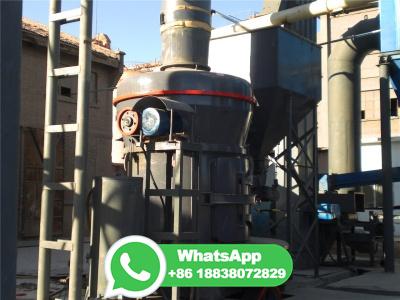PDF How to improve boiler operations and emissions GE
Challenges coal plants face with boiler operations Opportunities for process and productivity improvement begin by leveraging machine and sensor data, analytics and optimization technologies across the total plant. Now coal operators can address these challenges with GE Digital's BoilerOpt solution. 04 Changing coal quality and conditions 05






















![John Kerry lights up global warming panel . with gas [+video]](/g3j1tlu/189.jpg)











